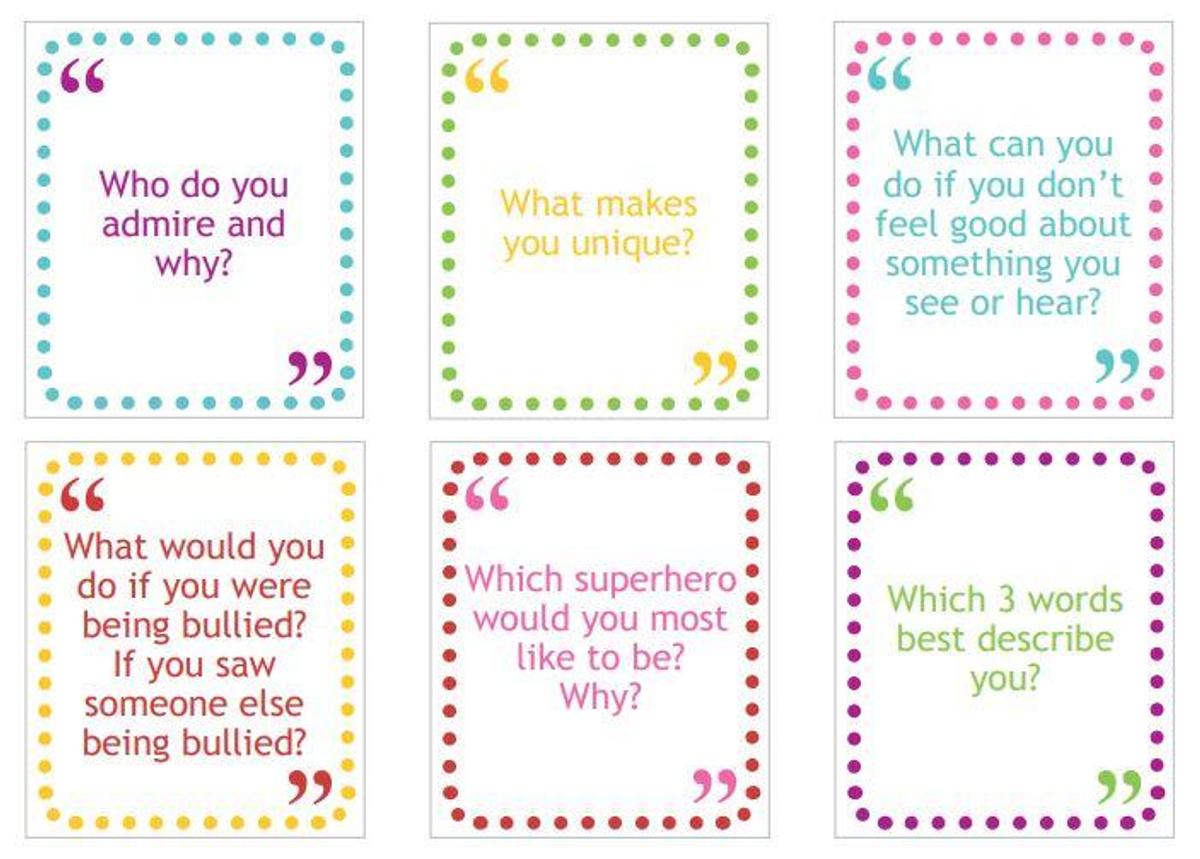Wellbeing
Harriet

Wellbeing
Harriet
Respectful Relationships: Everyone in our community deserves to be respected, valued and treated equally. We know that changes in attitudes and behaviours can be achieved when positive attitudes, behaviours and equality are embedded in our education settings. This term in our newsletter we will be building community understanding of the Respectful Relationships curriculum implemented across our school.
Respectful Relationships is about embedding a culture of respect and equality across our entire community, from our classrooms to staff rooms, sporting fields, and social events. This approach leads to positive impacts on a student's academic outcomes, their mental health, classroom behaviour, and relationships between teachers and students.
This term students will be focusing on the topics Gender and Identity; and Positive Gender Relations. The content explored across P-6 differs from year to year to ensure that it is age-appropriate and evidence-based according to developmental stage.
RR Curriculum: Gender and Identity: Research shows that children become aware of gender norms and make efforts to fit within gendered expectations by the time they are in kindergarten. As children learn about gender, they may also begin to enact stereotyped values, beliefs and attitudes. They may, for example, insist that some games are for boys and others for girls, and actively reject peers from certain games. This means that it is important to start work on building positive gender relationships from the beginning.
Classroom activities in this topic help children to explore gender identity, challenge stereotypes, and value and respect diversity and difference.
Students in P-2 explore the following key ideas:
Students in Grade 3-4 learn:
• About the differences and similarities between students in the class
• It is important to respect differences between people
• Students describe and compare the roles given to male and female characters in traditional fairy tales and modern children’s literature
• The difference between the meanings of the words sex and gender
• To identify examples of behaviours that are influenced by expectations relating to gender
Students in Grade 5-6 explore:
Our next newsletter will include some example learning activities from the curriculum to further connect home and school learning.
Want to know more? Often it is us, the adult, who might be confronted by the content explored through RR. To further understand the themes explored, here are a couple of clips that might challenge your own thinking around the topic of gender and identity:
Further information can be found:
Stay tuned to weekly year level newsletters for further details relevant for your child’s cohort.
How you can help at home:
Try these conversation starters at family dinner, which link to the themes explored in RR



